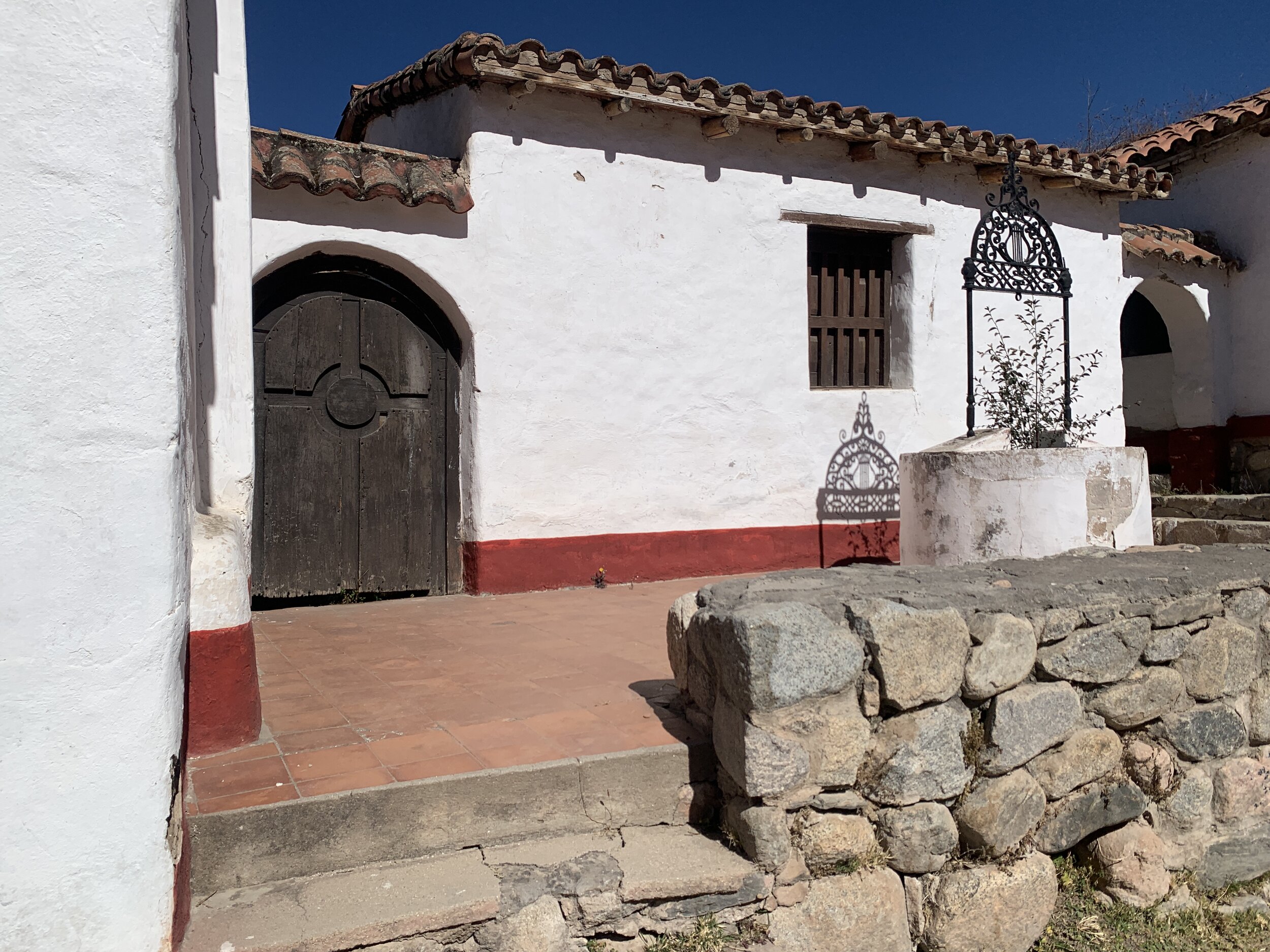Tafi del Valle
Tucumán's beautiful town The town surrounded by the last peaks south of the Calchaquí valleys offers visitors interesting proposals.
@tripticity_, for its fondness for history, decided on a one-night stay in the old Jesuit estancia Las Tacanas. It is a simple and rather neglected lodging that does not exploit its enormous potential. Decent but austere, it is located in the very center of the village.
When it comes to cultural tours, the Jesuit Complex La Banda treasures a transcendent record of the past, both of the pre-Inca villages, evidencing the way of life of the original Calchaquí communities, and mainly of the immense work that the fathers of that order managed to build until their expulsion from America, ordered by King Carlos III.
The neglected state of conservation of the 18th century mansion that belonged to the Silva family and the treasure it contains did not manage to disturb the attention of @tripticity_, who was delighted to observe the "weeping" vessels in which rainwater was collected (named after the teary eyes that ornament it), or the casullos (robes used by the priests), or the Latin missal.
In the room dedicated to archeology, the story of how the tafíes broke their vessels and instruments when they fell ill of death, so that the following generations were forced to learn how to make their own, is moving. There is also a bell that was rescued when the San Juan earthquake of 1944 had an aftershock in the valley and collapsed the stone tower.
What to say about the canvases of the Cuzco school of art with religious scenes, like the one of San Cristobal and the child holding the heavy world for the sins of all mankind, or the one of the tender San José! Among its dark tonalities shine the red of dried cow's blood, the clear whites of goat's milk and the gleams that still emanate from the gold dust used by the most transcendent artists of the America of that time.
In the chapel of the estate, the original crosses stand out, as well as the suspenders and its heavy door, the colihue and muddy thatch roof. Two openings next to the altar allow the entrance, forcing the one who does it to bend down below the lintel, as a way of reverence towards the sacred enclosure. Under the altar opens the 500-meter long tunnel towards the Pelao hill, used by the priests to flee from the attacks of the Indians, which -the guide said- was covered in the 1970s, although no one ever dared to go through it because of the rancid smell that dominated.
After the expulsion of the Jesuits, its large properties were auctioned by the "Junta de Temporalidad", being acquired by Silva, a traditional family from Tucumán. The furniture of the governor's room, meant to receive illustrious visitors, such as Nicolás Avellaneda, is preserved from that period; an air harmonium that still sounds; an Argentine flag with silver bangs used for the funeral of Governor José Silva; a glass closet and a sideboard with Carrara marble, all with evident flaws in its preservation.
The authorities do not allow photographs inside, so there are no graphic records of the experience.
Another option is to learn what life was like in the early 1900s by visiting the "Museo Experiencia de la Estancia Los Cuartos y La Angostura". A well-preserved family home of another of José Silva's descendants. While too focused on the history of the owner's lineage, it has a valuable testimony of decorative art from the early 20th century.
Afterwards, a stroll along the main avenue involves tempting purchases of handicrafts, Tafí cheeses or regional sweets.
The delicatessen Sumaj, which means rich thing in Quechua, deserves a first stop, for its variety of chocolates, handmade sweets, homemade charcuterie and local wines.
The weavings of the artisans, tanned sheep or cow hides, wooden and ceramic tables and utensils, or the classic souvenirs found in every tourist site market, are also attractive.
@tripticity_ opted for Tiempo de Flores, a store with contemporary and signature options, as well as the Cooperativa de la Ruta del Tejido, where there are plenty of attractive rugs, pillows, blankets and sheep or llama wool saddlebags.
At tea time or for those who want to enjoy the view of the valley with a delicious appetizer, accompanied by rosemary scons stuffed with cheese, Castillo de Piedra is a must.
A mansion with history, with two double rooms and four quadruple rooms, set in a five-hectare plot of land. Built in the 60's entirely with thick stone walls, it has spacious rooms, a fresh and modern decoration in which the friendly metal insects stand out. The remodeling was in charge of @lum_estudio, just like Casa Lola in Yerba Buena.
Of the varied gastronomic offer @tripticity_ was pleased with the extraordinary cuisine of Álvaro Arismendi's school restaurant, which deserves an exclusive chronicle due to its excellent menu and experience.

































